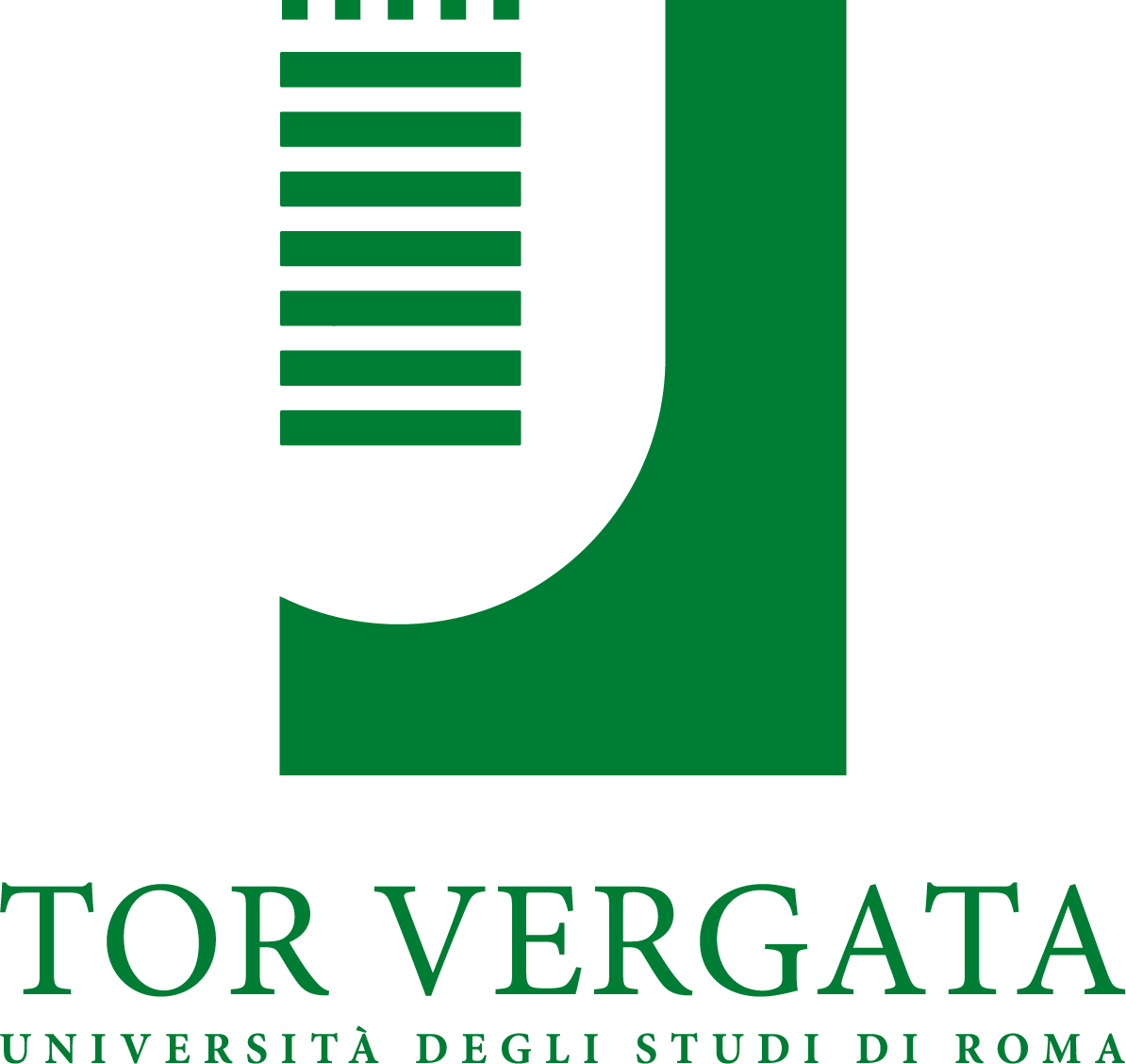Title: Characterization of the Biodeterioration of a Historical Monument
Description of the internship (context, objectives, methodology):
Scientific context
France is particularly rich in historical stone monuments. Despite its greater resistance to all kinds
of damage compared to other materials, most stone heritage sites are now severely affected by
environmental fluctuations, air pollution, and climate change (Esteban-Cantillo et al. 2024, Wang et
al., 2025). Among the dangers these stone monuments face are geological and microbiological
phenomena, collectively known as geomicrobiological phenomena. The impact of geomicrobiological
phenomena evolves with changes in environmental factors, particularly water activity. A key aspect
of the risks to stone exposed to the elements is its microbial colonization in the form of biofilms. This
is a multi-species consortium capable of regulating biogeochemical cycles using nutrients primarily
from the atmosphere and the colonized substrate, interacting with stone materials to meet their
niche needs, and ultimately causing the biodeterioration of stone heritage (Mugnai et al. 2024,
Ranaldi et al. 2025). Depending on the stone’s bioreceptivity, a broad layer of epilithic biofilm can
form on the surface. These frequently photosynthetic biofilms have an aesthetic impact as biocover
and, depending on the building’s conservation conditions, can have biodeterioration or bioprotection
effects. Thus, inactive biofilms could serve as biological coatings to protect heritage stone materials
from abiotic attacks when water is biologically unavailable. However, water acts by physically
expanding and contracting biofilms in response to hydration/desiccation cycles, and by chemically
stimulating salt dissolution and precipitation processes, leading to deterioration (Menendez and
Petráňová 2016, Lepinay et al. 2018). Chemical antibiofilm treatments applied to stone use biocides
that have an ecotoxicological impact on the environment and humans (Romani et al. 2022). Evolving
European regulations on the use of biocides and the need for One Health approaches are driving a
strong need for the development of innovative treatments based on less toxic natural active
ingredients (Ranaldi et al. 2025).
Purpose and Experimental Strategy
This work will consist of a case study (the troglodyte church of “Notre Dame de l’Annonciation“ in
the city of Haute-Isle in the Vexin region, 70 km north-west from Paris). The church, entirely
excavated in chalk, exhibits significant biological growth covering a large portion of the walls and
ceiling. The biofilm growth areas appear to be subject to high humidity and intense sunlight. Part of
the work will involve establishing a climate data collection system in the church (temperature and
humidity readings), mapping the biological growth, and characterizing it using colorimetry. Biofilm
samples will be taken from different areas of the biofilm exhibiting varied macroscopic appearances.
These samples will be analysed by microscopy at the Cergy Materials Institute’s imaging platform
using confocal laser scanning microscopy and scanning electron microscopy. They will be cultured
on various solid and liquid media to characterize the culturable flora. The isolated microorganisms
will be identified using phenotypic and molecular approaches.
This work will require the implementation of various techniques: collection of samples under aseptic
conditions, culture of microbial species (bacteria, moulds, microalgae and cyanobacteria), microbial
identification (staining, biochemical tests, morphological analyses, DNA extraction, targeted PCR
amplification of ITS sequences, of gene sequences encoding 16S and 18S RNA, bioinformatics
analysis), imaging (confocal laser scanning microscopy, scanning electron microscopy), colorimetry
(portable spectrophotometer).
The research project is part of the Horizon European project CHARM and will continue with a PhD
thesis in collaboration with the Laboratory of Biology of Algae at the University of Rome Tor Vergata.





Università di Tor Vergata